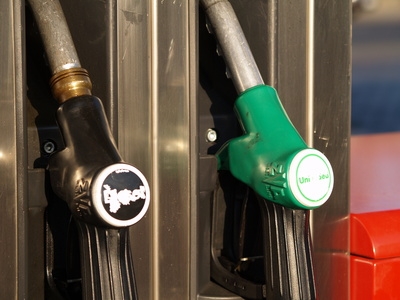
Evaporative (EVAP) emissions control systems are designed to prevent the release of hydrocarbons into the atmosphere. The early version of the EVAP system was the Positive Crankcase Ventilation (PCV) valve. This valve measured the pressure in the crankcase and released the vapors into the combustion chamber for re-ignition. Gradually, automotive manufacturers added more items, such as ODB-II computers, purge valves, charcoal canisters and liquid/vapor separators, as emission regulations became stricter.
An easy way to fix many EVAP control problems is to replace the fuel cap. The fuel cap has a rubber seal that is designed to keep the evaporated fuel inside the tank. When this seal goes bad, it causes a small leak which can trigger an EVAP code on the OBD-II computer. Remove the cap and examine the seal; if the seal is broken or looks questionable, replace it. Not replacing the fuel cap, after refueling, is another common cause for an EVAP code to appear.
Many times an EVAP system's leak is so small that the human eye cannot easily detect it. To diagnose the problem, a smoke machine is required. This machine fills the entire vacuum system of the engine with an ultraviolet (UV) dye-charged smoke. This smoke will slowly leak from any small hole in the system. A UV light and glasses are used to make the smoke glow, which makes the leak detection and repair process much easier.
On older vehicles, the PCV valve is an easy part to replace, and it is recommended for replacement every 40,000 to 60,000 miles to help prevent EVAP problems. If this part has not been replaced recently, do so then recheck the system.
The charcoal canister is designed to attract the hydrocarbons and trap them in the canister. This canister will occasionally become clogged and will cause a fault in the EVAP system. You can determine if replacement is needed by simply weighing the canister. There is a range of weights that are acceptable for each vehicle.